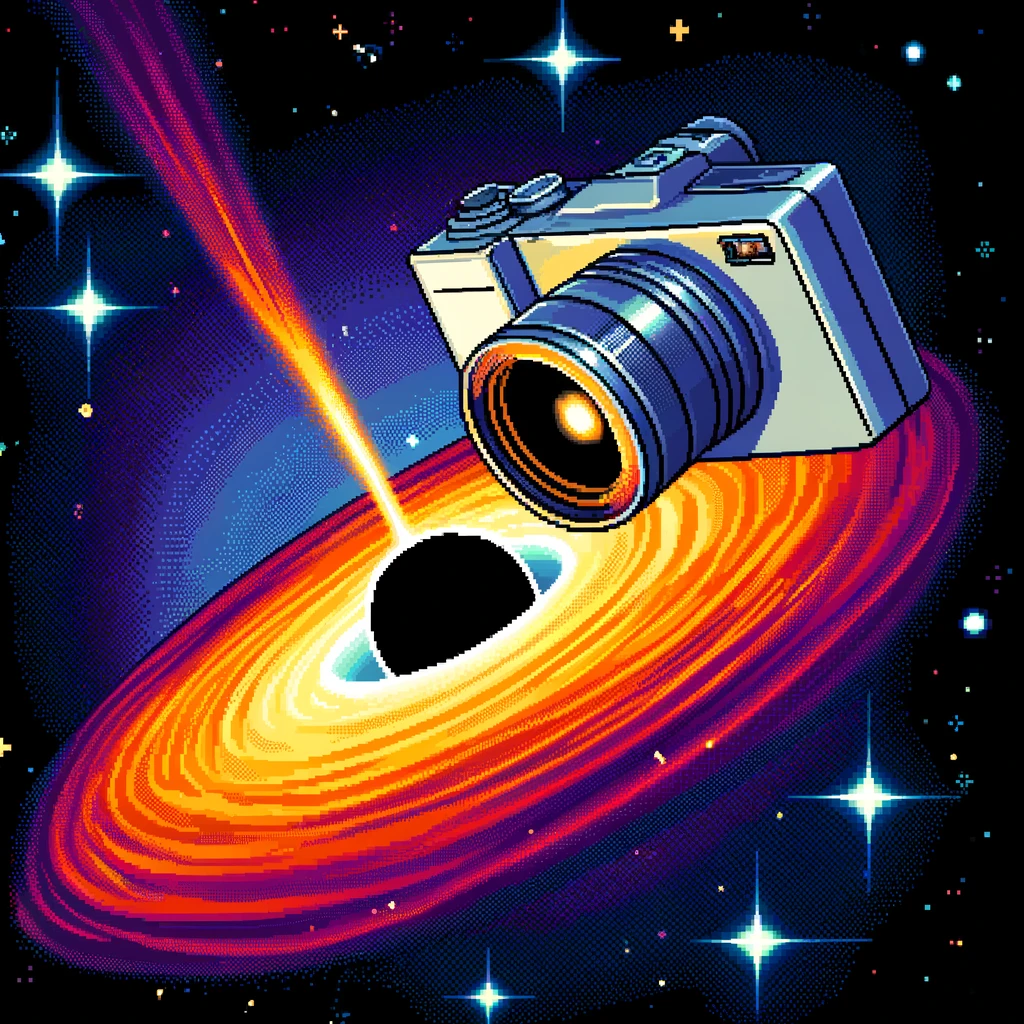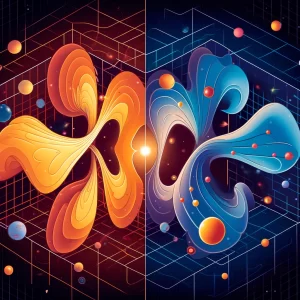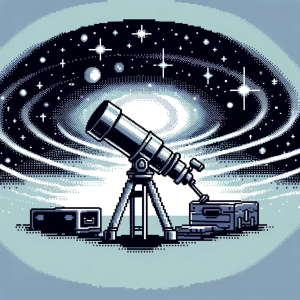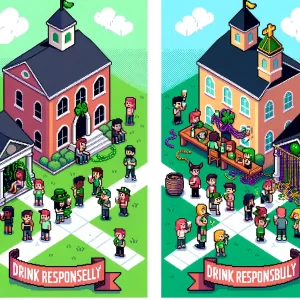
NASA’s Stunning Visuals Illuminate a Black Hole’s Dark Heart
What happens when you fall into a black hole? The human imagination has long been captivated by the enigmatic nature of these cosmic giants. Thanks to a groundbreaking NASA visualization, you can now embark on a virtual journey into the event horizon of a supermassive black hole. This latest visualization, designed by NASA astrophysicist Jeremy Schnittman and Goddard scientist Brian Powell, provides an unparalleled perspective, plunging viewers beyond the brink to explore the mysteries of one of the universe’s most extreme phenomena.
The Power of Simulation
Produced on a NASA supercomputer, this visualization aims to make the unimaginable comprehensible. Utilizing the Discover supercomputer at the NASA Center for Climate Simulation, the team generated a staggering 10 terabytes of data, enough to fill half the Library of Congress. The simulation required five days to complete, even while using only 0.3% of the supercomputer’s capacity. A typical laptop would have taken over a decade to accomplish the same feat. As I type this, I realize I’ve been running some data on my computer for the last 3 hours…..
Approaching the Event Horizon
The visualization tracks a camera as it nears the supermassive black hole’s event horizon, capturing the astonishing phenomena unfolding. A swirling accretion disk — a luminous cloud of hot, glowing gas — surrounds the black hole and serves as a celestial guide. Closer in, photon rings form intricate patterns from light orbiting the black hole multiple times.
Starting nearly 400 million miles away, the camera reaches speeds near the speed of light as it gets closer to the event horizon. The gravitational forces warp the fabric of space-time itself, creating multiple distorted images of the accretion disk and the background stars.
Spaghettification and the Singularity
The camera’s journey reveals the immense gravitational pull of the black hole, which stretches any incoming object into a thin, noodle-like shape through a process known as spaghettification. The black hole’s gravitational forces act like a cosmic pasta machine, elongating everything approaching it. For a supermassive black hole with 4.3 million times the mass of our sun (like Sagittarius A* at the heart of our Milky Way), the event horizon spans an impressive 16 million miles.
Inside the event horizon, gravity draws objects towards the singularity — a one-dimensional point where the laws of physics break down. Here, even space-time itself flows inward at the speed of light. Once the camera crosses this point, destruction is imminent in a matter of seconds.
The Alternate Scenario: An Evasive Maneuver
Schnittman also created a second visualization to showcase a daring escape. Here, the camera skirts the event horizon without crossing it, allowing viewers to witness the distortions of time and light. In this alternate scenario, an astronaut could orbit the black hole for six hours, returning 36 minutes younger than her shipmates due to the time dilation effect of moving near light speed.
The Significance of the Visualizations
These visualizations are more than just immersive experiences; they offer a tangible bridge between the abstract mathematics of general relativity and the observable universe. They provide a comprehensive explanation for the remarkable effects of gravitational forces in extreme environments. This project brings the beauty of science fiction into science reality, helping us appreciate just how complex our universe truly is.
Explore Further
Interested in seeing the plunge for yourself? Check out NASA’s YouTube channel for a 360-degree video tour that lets you explore the journey from all angles. This captivating blend of scientific rigor and creative storytelling invites viewers to engage with the enigmatic world of black holes and the latest in cosmic research.
Unlock the Secrets of Science:
Get ready to unlock the secrets of science with ‘This Week in Science’! Our newsletter, designed specifically for educators and science aficionados, delivers a weekly digest of revolutionary research, innovative discoveries, and motivational tales from the scientific frontier. Subscribing is your key to a treasure trove of insights that can revolutionize your approach to teaching and learning science. Sign up today at no cost and start a journey that deepens your understanding and passion for science.
About the Author
Jon Scaccia, with a Ph.D. in clinical-community psychology and a research fellowship at the US Department of Health and Human Services with expertise in public health systems and quality programs. He specializes in implementing innovative, data-informed strategies to enhance community health and development. Jon helped develop the R=MC² readiness model, which aids organizations in effectively navigating change.



